Publications
14 December 2022
Kalina Skóracoments closed2021
- Kurasiński T. 2021. Wczesnośredniowieczne groby z elementami uzbrojenia na terenie ziem polskich materiały do studiów, Łódź.
(http://ksiegarnia.iaepan.vot.pl/monogr/wczesnosredniowieczne...) - Rybarczyk A. 2021. Odzież i akcesoria stroju w średniowiecznym Elblągu, Łódź.(http://ksiegarnia.iaepan.vot.pl/monogra/odziez...)
- Maik J. 2021. Sukiennictwo w średniowiecznej Polsce, Łódź.
(http://ksiegarnia.iaepan.vot.pl/monogra/sukiennictwo...) - Mielczarek M. 2021. Dla polskich muzeów … Unikatowa kolekcja monet zebranych na Bliskim Wschodzie w czasie II wojny światowej w zbiorach Muzeum Archeologicznego i Etnograficznego w Łodzi / For Polish museums … A unique coin collection formed in the Middle East during World War II, deposited in the Archaeological an Ethnographical Museum in Łódź, Łódź.
2020
- Skóra K. 2020. Omnia mors aequat? Soziale Stratigraphien in der Römischen Kaiserzeit und Völkerwanderungszeit im Gebiet der Wielbark-Kultur. Łódź.
(http://ksiegarnia.iaepan.vot.pl/monogr/omnia...)
2019
- Mielczarek M., Stefanakis M. I. 2019. Rhodes. The Ancient and Mediaeval Monuments in 1882-1884 and Count Karol Lanckoroński, Warszawa: Institute of Archaeology and Ethnology. [rec. K. Jarzęcki, Kwartalnik Historii Kultury Materialnej, LXVIII, 2020, 1, 120; R. Rutkowski, Acta Poloniae Historica 121, 2020, 350; E. Dema, Eulimene, 21 (2020), 159-162]
(http://ksiegarnia.iaepan.vot.pl/monogr/rhodes...)
2016
- Mielczarek M. 2016. Skarby żołnierzy 2 Korpusu Polskich Sił Zbrojnych, Łódź: Muzeum Archeologiczne i Etnograficzne w Łodzi; wersja w języku angielskim Treasures of the Soldiers from the II Corps of the Polish Armed Forces.
- Mielczarek M. 2016. Sylloge Nummorum Graecorum Poland, vol. I. The Archaeological and Ethnographical Museum in Łódź, part 3, Bosporus-Cilicia, Kraków-Warszawa: Polish Academy of Arts and Sciences, Institute of Archaeology and Ethnology.
(http://ksiegarnia.iaepan.vot.pl/serie/...) - Rzepecki S., Kot K., Piotrowska M. 2016. Pod prąd czasu. Kwiatków i okolica w pradziejach. Łódź
- Kurasiński T., Skóra K. 2016. Przestrzeń osadnicza wczesnośredniowiecznego Radomia, Tom 1: Cmentarzysko w Radomiu, stanowisko 4. Łódź.
(http://ksiegarnia.iaepan.vot.pl/monogr/przestrzen...)
2015
- Skóra K. 2015. Struktura społeczna ludności kultury wielbarskiej. Łódź.
(http://ksiegarnia.iaepan.vot.pl/monogr/struktura...)
2014
- Dudak W., Herman R., Kurasiński T., Maik J., Owczarek P., Strzyż P., Świętosławski W., Zapaśnik T., Żemigała M. 2014. Osada wielokulturowa w Orenicach koło Piątku, w woj. łódzkim. Autostrada A1. Archeologiczne Zeszyty Autostradowe Instytutu Archeologii i Etnologii PAN 16. Łódź: IAE PAN.
(http://ksiegarnia.iaepan.vot.pl/serie/...) - Strzyż P. 2014. Broń palna w Europie Środkowej w XIV-XV w., Łódź.
(http://ksiegarnia.iaepan.vot.pl/monogr/...)
2013
- Piotrowska M. 2013. Epoka żelaza w dorzeczu środkowej Słupi. Łódź
2012
- Maik J. 2012. Włókiennictwo kultury wielbarskiej. Łódź.
(http://ksiegarnia.iaepan.vot.pl/monogr/...) - Kurasiński T., Skóra K. 2012. Wczesnośredniowieczne cmentarzysko szkieletowe w Lubieniu, pow. piotrkowski. Łódź.
(http://ksiegarnia.iaepan.vot.pl/monogr/wczesno...)
2011
- Strzyż P. 2011. Średniowieczna broń palna w Polsce. Studium archeologiczne, Łódź.
(http://ksiegarnia.iaepan.vot.pl/monogr/...)
WOODEN
14 December 2022
Kalina Skóracoments closed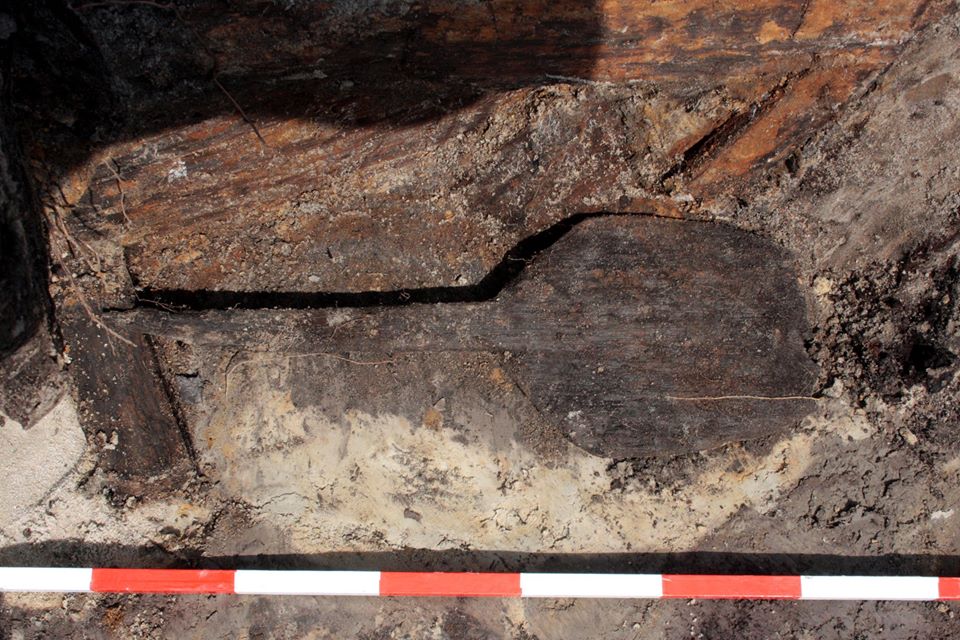

WOODAN is an online, public database that was established in 2015 as a project funded by the Netherlands Department of Cultural Heritage NL and in 2018 became WOODAN Foundation (Archeologische Houtdatabase WOODAN, https://www.woodan.org/).
The aim of the project is to create an online database of archaeological remains made of wood that anyone can access. The inventory contains available information on wooden artifacts from the place of finding, information on the species of trees used to produce each category of objects, through general characteristics and description in English with bibliography. Photographic and drawing documentation of the artefacts is included, as well as information on research and specialist analysis carried out. In this way, a huge inventory of data is created, which facilitates the identification of wooden archaeological monuments, e.g. it gives the possibility to perform dendrochronological analyses, which clarify the dating of sites and find analogies to wooden monuments, which are rarely preserved on archaeological sites.
In 2021, cooperation with WOODAN Foundation was started by Dr Magdalena Piotrowska. She has thus joined an international group of researchers creating a database of wooden finds from archaeological sites. We warmly encourage all interested persons to send information on wooden archaeological monuments to the following address: piotrowskamagda@op.pl.
The project was initiated in the Netherlands, followed by cooperation with researchers from Belgium, Ireland, Lithuania, Austria, Germany and now Poland. As part of the cooperation with the Polish side, Dr Magdalena Piotrowska will undergo an internship in the Netherlands - training in the analysis and identification of wooden archaeological artefacts. In the first stage of the project the introduction to the database of the wooden artefacts obtained, among others, from the well from the site in Kwiatkowo, commune of Brudzew has begun.
To download the information bulletin of WOODAN.
The book by Anna Rybarczyk
14 December 2022
Kalina Skóracoments closed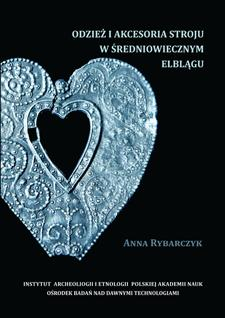
The book Clothing and costume accessories in medieval Elbląg has been published.
Anna Rybarczyk works as an assistant professor at the Department Research on Ancient Technologies of the Institute of Archaeology and Ethnology, Polish Academy of Sciences. Her scientific interests focus on the subject of late medieval and modern clothing and fashion accessories. In the circle of interest of the researcher are also textile products of that period.
In the monograph, based on her doctoral dissertation, entitled Odzież i akcesoria stroju w średniowiecznym Elblągu, the author presents findings related to medieval clothing, which come from many years of excavations carried out in the Old Town in Elbląg. The lower chronological point of the study is the date when the city was founded, i.e. 1237, while the upper one is the medieval period, i.e. the end of the 15th century.
The text presents textiles, elements of clothing, jewellery, belts and their components, various types of pouches and purses, and objects showing human figures. Thanks to numerous references to historical and iconographic sources, the author takes up the topic of medieval clothing in a broad, interdisciplinary manner. The costume of Elbląg burghers shows perfectly how strong was the unification of material culture in the area of Hanseatic influence. For many of the artefacts analysed here, it is easy to find analogies not only in archaeological material from western Europe but also in local museum collections and iconographic sources.
The book is richly illustrated and written in an accessible way. It will be of interest not only to archaeologists and costume makers but also to all lovers of medieval times and historical reconstruction.
We kindly recommend to buy
The book by Tomasz Kurasiński
14 December 2022
Kalina Skóracoments closed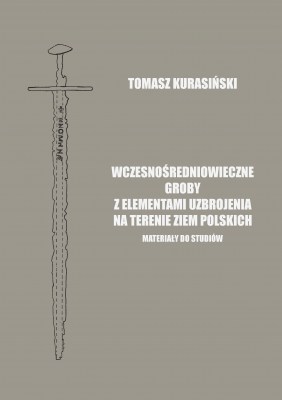
The book Early Medieval Graves with Weaponry Elements in the Territory of Poland. Materials for Studies has been published.
Tomasz Kurasiński (born 1970) holds a PhD in archaeology. He has published several dozen scientific articles in journals and collective monographs, both Polish and foreign, and co-authored two monographs: Early medieval skeletal cemetery in Lubień, Piotrków district (2012) and Cemetery in Radom, site 4 (2016). His research interests focus primarily on early medieval Slavic burial rituals and the military of the period, especially in symbolic and socio-cultural aspects. In addition, he deals with material culture and its use in recognizing ancient religious beliefs and behaviour.
The reader receives a work which is a detailed and richly illustrated monographic catalog, in which data concerning possibly all early medieval burial complexes from the Polish lands containing elements of armament have been collected. It also includes militaria found in cemeteries, presumably from destroyed burials. Thus the book fills the gap in the Polish archaeological literature, since no attempt has been made so far to gather such a wide thematically similar source base.
We kindly recommend to buy
Conference Archaeology of Jewish Cemeteries in Central Europe
14 December 2022
Kalina Skóracoments closed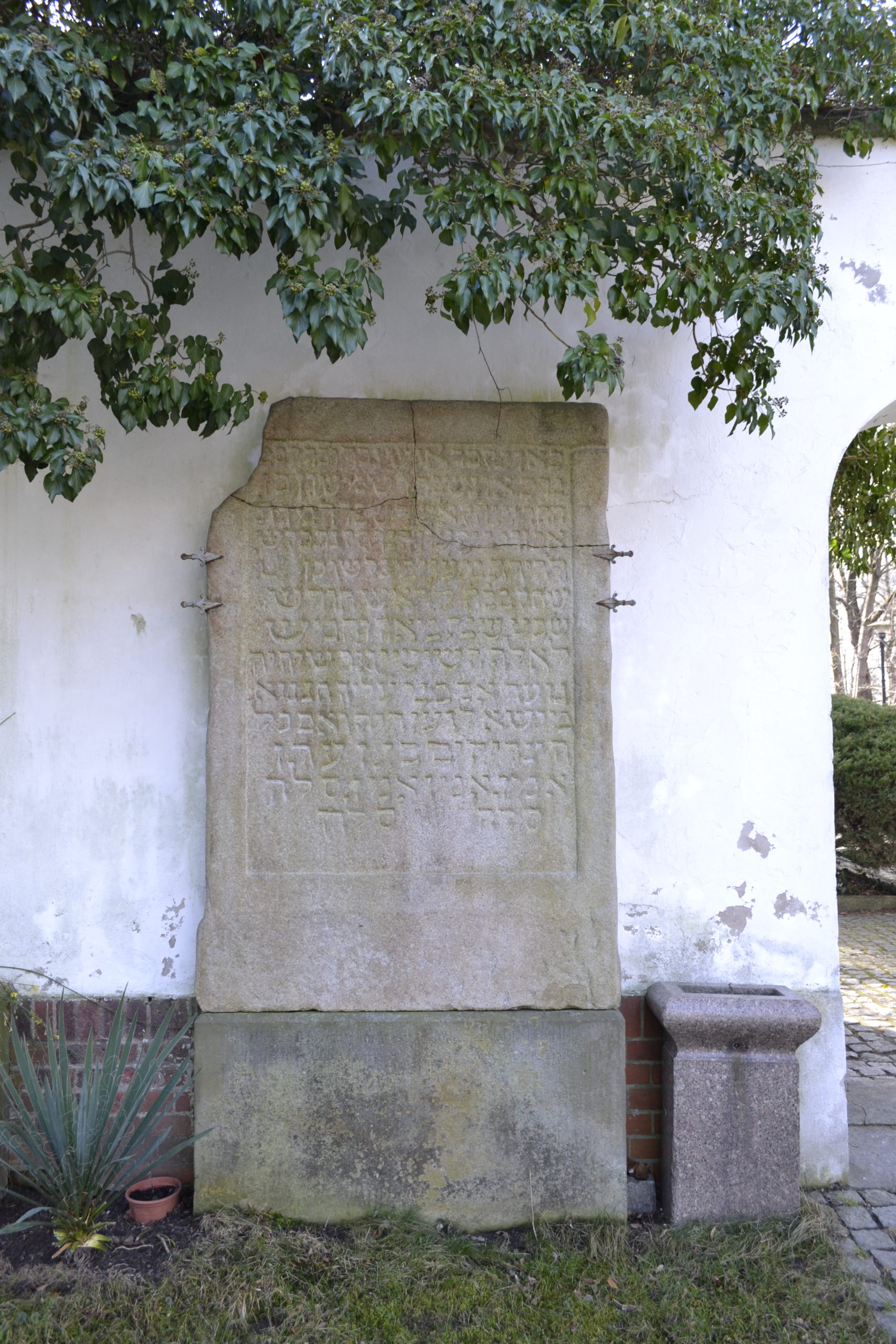
The session Archaeology of Jewish Cemeteries in Central Europe, organized as part of the Third Conference Past Has a Future, took place on March 14th, 2022 in Warsaw (Warsaw University, Department of Archaeology, organised by Marcin Wagner). The conference was co-organised by Magdalena Bis, Wojciech Bis and Kalina Skóra, PhD. The papers dealt with the state of research on Jewish funeral rites in Central Europe, with particular emphasis on materials from Poland, the Czech Republic, and Lithuania. Also the results of the most recent research carried out in Warsaw cemeteries in Bródno and Okopowa St. were presented.
The materials from the session will be published in the 36th volume of Fasciculi Archaeologiae Historicae (https://journals.iaepan.pl/fah)
Joanna`s PhD
14 December 2022
Kalina Skóracoments closed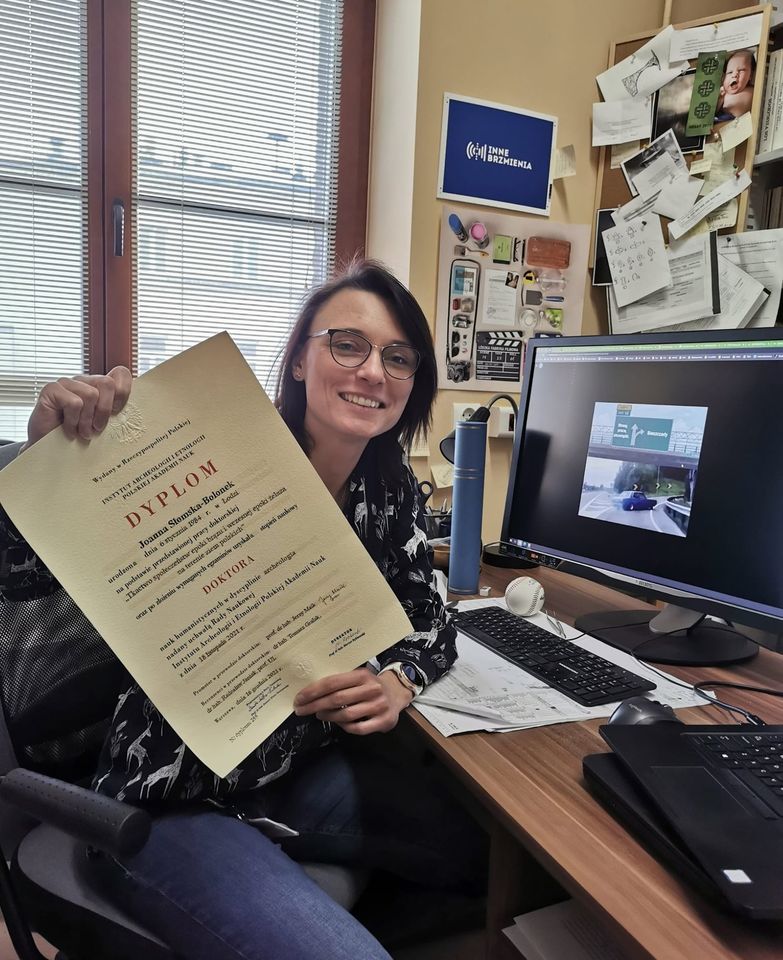
Congratulations to our colleague Joanna Słomska-Bolonek. In November 2021 she defended her PhD thesis entitled Weaving of Bronze Age and Early Iron Age societies in Poland.
The aim of the thesis was to reconstruct as accurately as possible the image of Bronze Age and Early Iron Age weaving conducted in the area of the Vistula and Odra river basins. The analysis was based on archaeological material produced by the population of the Lusatian-Pomeranian cycle, which consisted of remains of weaving workshops, textile products and other textile products.
The ceremony of awarding doctoral diplomas due to covid-19 did not take place. However, this does not diminish our joy.
New book of Jerzy Maik
14 December 2022
Kalina Skóracoments closed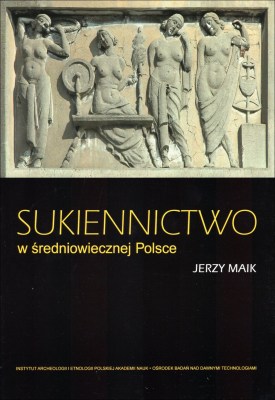
Jerzy Maik is an archaeologist, for nearly 50 years employed at the Department Research on Ancient Technologies of the Institute of Archaeology and Ethnology of the Polish Academy of Sciences, which he directed for 14 years, and for the next four he was the Institute's director. He specializes in the study of the history of ancient and medieval textiles. It is with great joy that we would like to inform that another work of his has just been published. We encourage everyone to read it.
The present book is a story about people of the Middle Ages - creators of woollen cloth from the moment of shearing sheep, through weaving and finishing textiles, to their sale. It tells about the daily life of clothiers - professional, but also family, social and religious. An important element of this life was the fight against foreign competition, mainly against the influx of good, cheap Western cloth. However, the competition was not the luxurious Flanders cloth, the quality of which remained beyond the possibilities of our clothiers. Clothmaking, in the form practically unchanged since the Middle Ages, survived until the late 19th century and the development of modern, mechanical factories.
We kindly recommend to buy
http://ksiegarnia.iaepan.vot.pl/monogr/sukiennictwo-w-sredniowiecznej-polsce-detail
CONFERENCE: WIELBAR CULTURE - PROCESSES OF CHANGE AND EXTERNAL CONTACTS
14 April 2022
Kalina Skóracoments closed
On June 22-24, 2022, an international conference will be held in Poznań. "Kultura Wielbark, transformation processes and external contacts". One of the co-organizers of this symposium and the future co-editor of the post-conference publication is Dr. Magdalena Piotrowska from our Institute.
The three-day session will be filled with interesting speeches, which will surely become the subject of much discussion.


